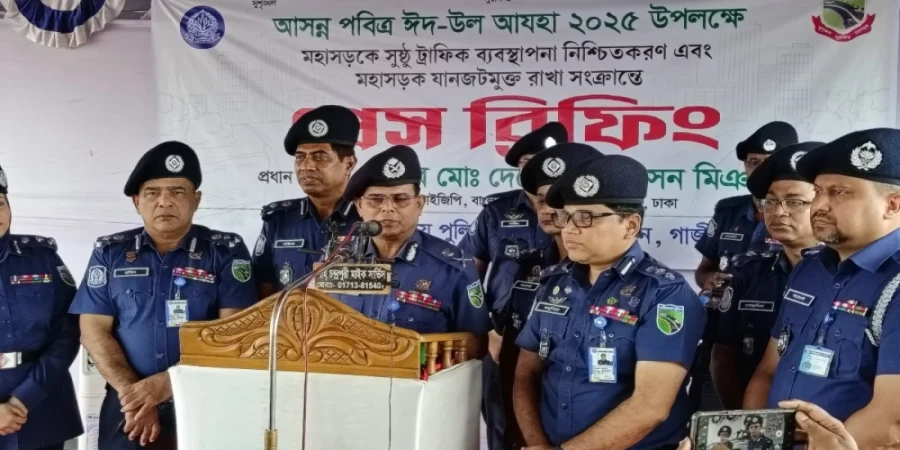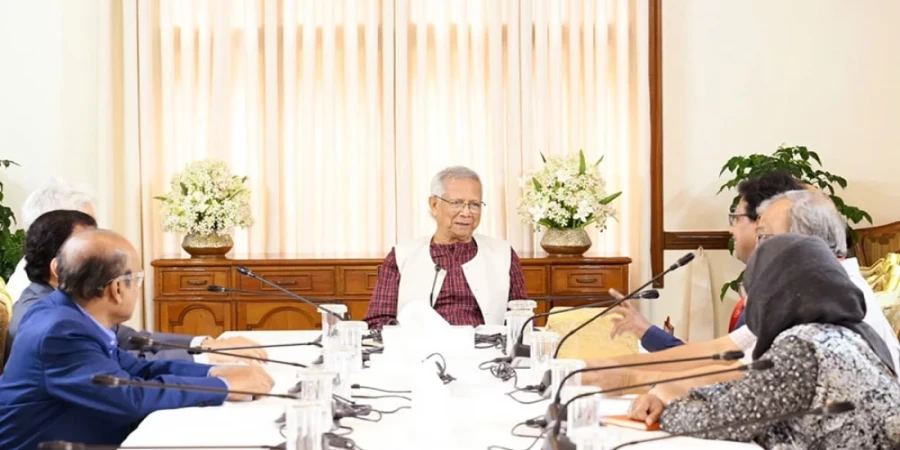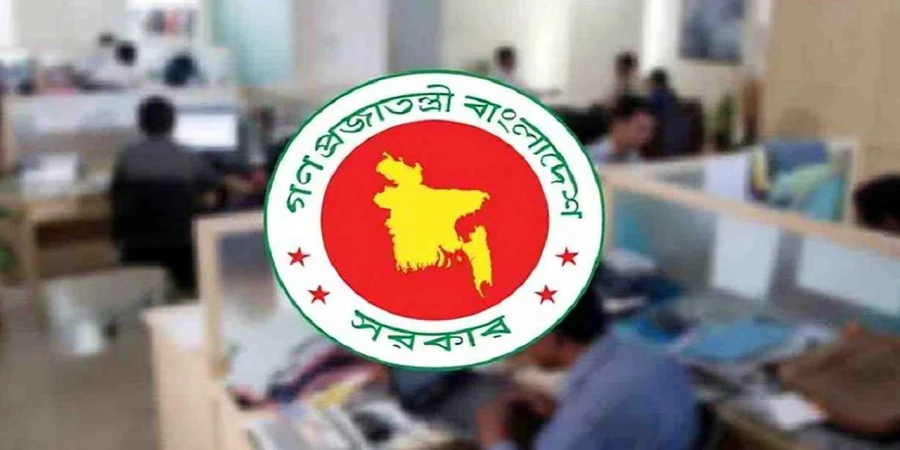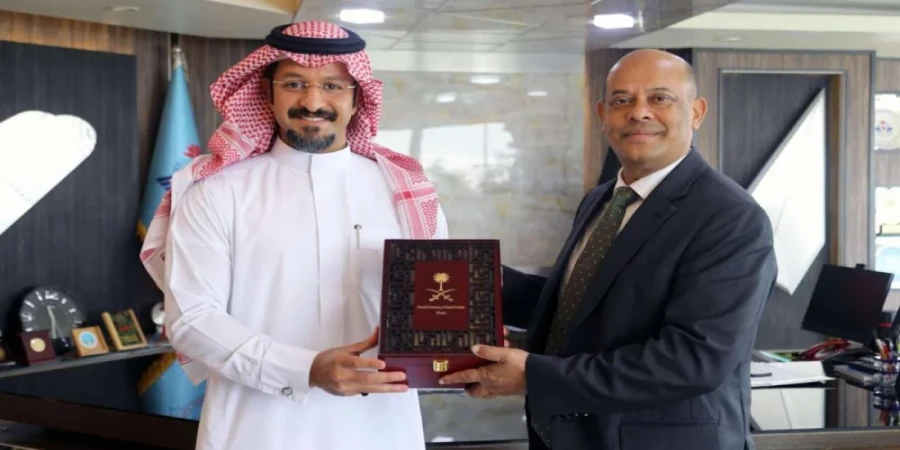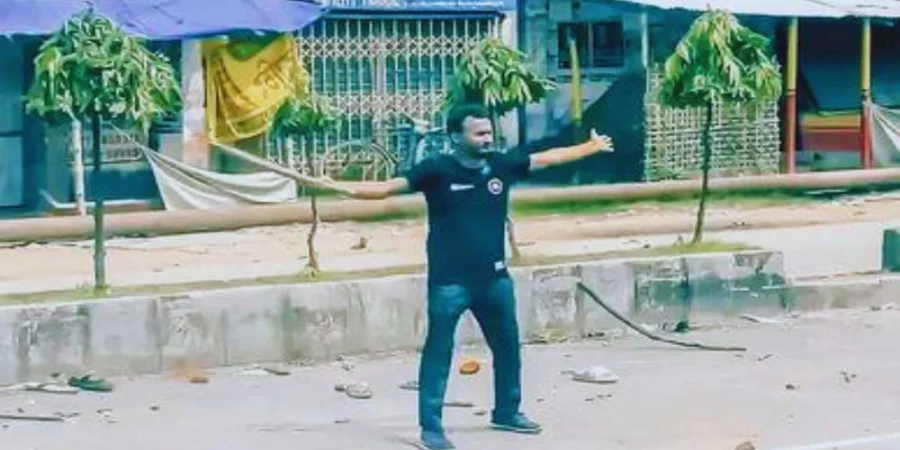
ছবি: Photo: Collected
A recent report by the United Nations has stated that Abu Sayeed, a student of Begum Rokeya University, was shot and killed with lethal metal bullets during an anti-discrimination student movement on July 16, 2024. The findings indicate that Sayeed was a victim of an intentional extrajudicial killing.
Despite the absence of a proper autopsy, official documents, injury analysis, and video footage support the conclusion that Abu Sayeed was shot at least twice with lethal metal bullets. The report, released by the Office of the High Commissioner for Human Rights (OHCHR) on Wednesday, is titled ‘Human Rights Violations and Repression Related to the Protests in Bangladesh in July and August 2024.’
The 23-year-old Abu Sayeed was the youngest among five brothers and three sisters. He was the first in his family to pursue higher education and had actively participated in the quota reform movement from its inception.
According to a police report submitted to OHCHR, the violence began when protesters attempted to forcibly enter the university gate, leading to clashes between members of the now-banned Bangladesh Chhatra League and the demonstrators. The police then used tear gas shells and fired blank shots to disperse the crowd.
The UN report mentions that Abu Sayeed was critically injured during the clash and later succumbed to his injuries at Rangpur Medical College Hospital. His cause of death was documented as ‘head injury and gunshot wounds.’
Based on reliable sources, victim testimonies, and eyewitness accounts, OHCHR concluded that there is reasonable evidence to believe that the police were directly involved in his killing. The report describes how the police, with the support of Chhatra League members, attacked students with batons. Witnesses claim that Abu Sayeed was also assaulted during the crackdown. The police reportedly fired tear gas and metal bullets from shotguns at the protesters, injuring several students, one of whom partially lost his vision.
As the police began shooting at the demonstrators, Abu Sayeed raised his hands in surrender. Video evidence and eyewitness testimonies confirm that he was holding a bamboo pole in one hand while standing approximately 14 to 15 meters away from the police, posing no threat to them.
According to multiple eyewitness accounts recorded by OHCHR, Abu Sayeed shouted, ‘Shoot me!’ at the police before two officers fired lethal metal bullets from their shotguns directly at his body.
OHCHR conducted a forensic analysis of the widely circulated social media videos and images to verify their authenticity and reconstruct the sequence of events leading to his death.
One witness recounted that after being taken to the hospital, a doctor informed them that the bullets had penetrated Abu Sayeed’s lungs, causing severe internal bleeding. OHCHR’s forensic medical experts reviewed available medical records and found that a proper autopsy was not conducted according to international forensic standards.
By examining medical evidence, including photographs of the deceased, experts identified multiple shotgun wounds. At least 40 metal bullets were embedded in the right side of his chest, while 50 bullets were found on the left side, affecting his heart, lungs, and surrounding abdominal areas.
The UN report stated that forensic analysis showed that Abu Sayeed was shot twice with lethal metal bullets from a shotgun at a distance of around 14 meters. Footage analysis revealed that he was bleeding profusely from his neck, chest, and arms following the shooting. Shortly after, he exhibited signs of hypovolemic shock and dizziness.
The investigation found no evidence of significant head injuries sustained during his transport to the hospital that could have contributed to his death. This further reinforced the conclusion that his death resulted directly from gunshot wounds inflicted by law enforcement officers.
repoter



